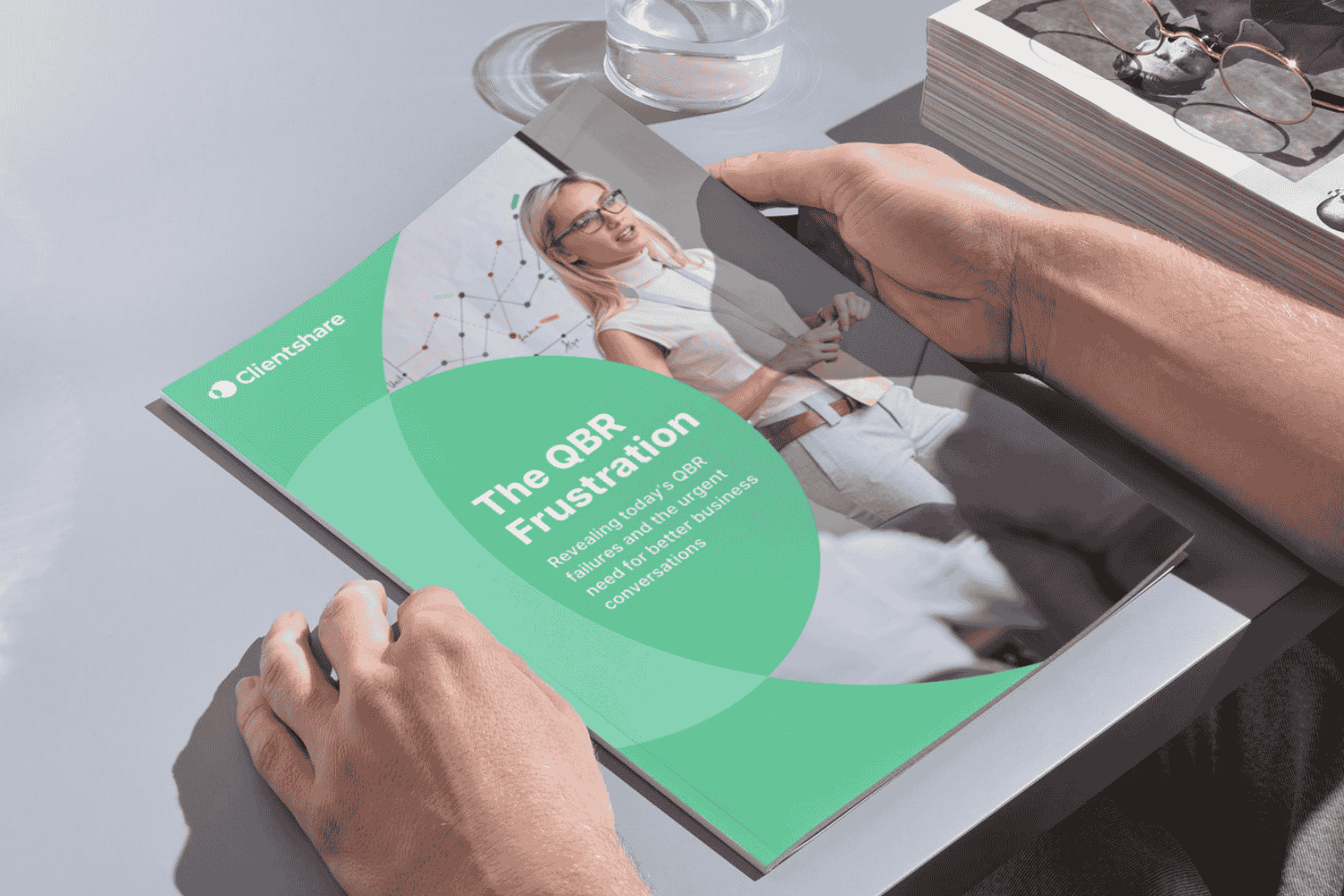Quarterly Business Reviews (QBRs) serve as crucial touchpoints for businesses to engage with their clients and evaluate the progress of their partnerships. By customising these reviews to meet the unique needs and objectives of each client, you can demonstrate your commitment to building strong, collaborative relationships.
Below, we explore three effective ways to personalise your QBR template:
Tailor the agenda: When preparing for a Business Review, take the time to customise the agenda based on each client's unique needs and goals. Prioritise topics that are most relevant to their business and industry. When deciding what to include in your QBR, consider their pain points, recent challenges, and upcoming initiatives. By addressing their specific concerns and interests, you show that you value their individual circumstances and are invested in their success.
Use data & metrics effectively: While reviewing performance metrics is a standard practice in QBRs, personalisation lies in how you present and interpret the data. Instead of presenting raw numbers, provide context and insights specific to each client's objectives. Analyse the data from their perspective, highlighting areas where they have excelled or identifying opportunities for improvement. Customising data analysis to align with their goals helps them understand the impact of your services and fosters a deeper understanding of their business's trajectory.
Engage in open dialogue: Treat the review as a collaborative discussion rather than a one-way presentation. Encourage open dialogue and active participation from your clients. Seek their input, ideas, and feedback throughout the review. By listening attentively and acknowledging their perspectives, you demonstrate that their opinions and insights are valued. This engagement fosters a sense of ownership and partnership, making the QBR a personalised experience that centres around their needs and aspirations.
Remember, personalisation in QBRs is about tailoring the content, approach, and interactions to each client's specific circumstances. By customising the agenda, leveraging data effectively, and promoting open dialogue, you can create meaningful and personalised experiences that strengthen business relationships and drive mutual success.
Where can digitisation support personalisation?
Digitisation offers significant benefits for personalising Quarterly Business Reviews. By leveraging digital tools and technologies, you can analyse data more effectively, create customised reports and dashboards, facilitate seamless collaboration and communication, and automate routine tasks.
These digital capabilities enhance the relevance, efficiency, and impact of QBRs, enabling you to provide clients with personalised insights and recommendations. Embracing digitisation empowers you to strengthen client relationships, drive success, and deliver a more engaging and tailored CX experience.
Read more:


.jpg?width=315&height=236&name=The%20QBR%20Delusion%20-%20blog%20thumbnail%20(1).jpg)

